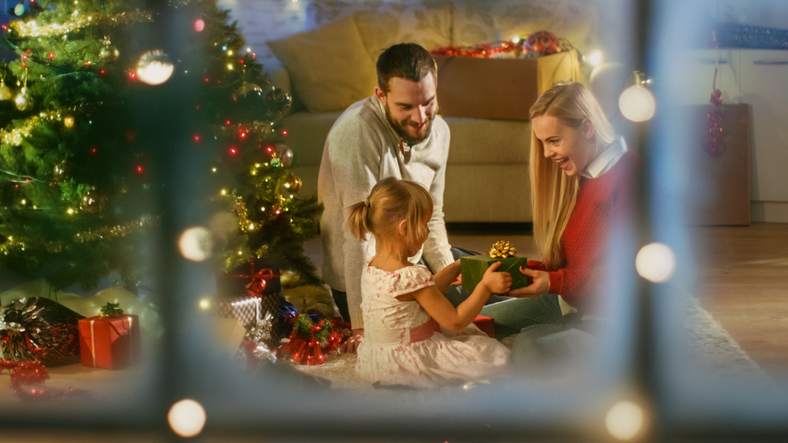Thursday, January 2, 2025
Holiday celebrations in the future will be shaped by the energy transition and all the measures already being implemented to make the season bright and sustainable.
The holiday season is typically one of the highest consumption periods for certain products. This makes it crucial to be responsible consumers, promote the circular economy, and reduce CO2 emissions throughout the life cycle of the products we buy. It’s easy to envision certain foods being generated by 3D printers using plant proteins in the near future. In 2018, the Spanish startup Novameat created the first 3D-printed vegetarian steak using pea proteins, vegetable oils, and algae extracts. Products manufactured with this technique, which perfectly mimic the shape, texture, and flavor of meat, are already being sold in some countries. As consumers, by purchasing these products, we’ll be able to reduce our carbon footprint by buying locally. These foods will be fresher, more seasonal, and minimally processed, reducing packaging waste.
The holidays are a big travel season, as visiting family and friends is a cherished tradition. In the future, we’ll likely choose more eco-friendly ways to get around, such as public transportation, bicycles, or vehicles powered by alternative fuels (electric, 2G biofuels, hydrogen, etc.). As for private transportation, for shorter journeys in particular, car-sharing will become a popular choice, whether renting a vehicle or sharing our own with others heading in the same direction. And when it comes to air travel? It’s likely that we’ll take planes powered by SAF (Sustainable Aviation Fuel) derived from reused cooking oil, vegetable waste, forestry waste, agricultural waste, and other sources.
Along with holiday food consumption, we cannot overlook consumer habits around gifts. During the holidays of the future, we can expect a significant increase in the reuse of toys and all kinds of products. According to a survey by the second-hand marketplace Wallapop, 85% of Spaniards will buy at least one reused item this holiday season, with 80% of respondents prioritizing sustainability when making their purchasing decisions.
Moreover, future gift-giving will focus on handmade items, with their added touch of personalization, and consumers will be more conscious of selecting toys that were responsibly produced. In fact, a study by supermarket chain ALDI from last year found that almost 50% of parents already prefer wooden toys over those made from other materials.
All of these actions aim to minimize waste, though it’s inevitable that some waste will still be generated. That’s why in the future, we’ll continue to prioritize recycling everything we dispose of.
Gift-giving, along with festive dinners and celebrations, often takes place in homes where energy consumption may rise. Fortunately, this potential increase in consumption is already being addressed. According to the Housing and Sustainability Observatory for the Unión de Créditos Inmobiliarios, six in ten home buyers now consider sustainability features when purchasing a property. Sustainable housing is revolutionizing the real estate market. These homes are designed to minimize environmental impact and optimize energy consumption. They incorporate eco-friendly materials such as wood from sustainable forests, cellulose fiber insulation made from recycled paper, solar panel roofs, and walls that provide thermal insulation while promoting new habitats for local wildlife. Undoubtedly, the holidays of the future will be celebrated in more energy-efficient homes, allowing us to reduce our energy consumption as much as possible.
Technological advances, along with our growing environmental awareness, will help make our traditional festivities even more sustainable in the future.
¿Te ha parecido interesante?





